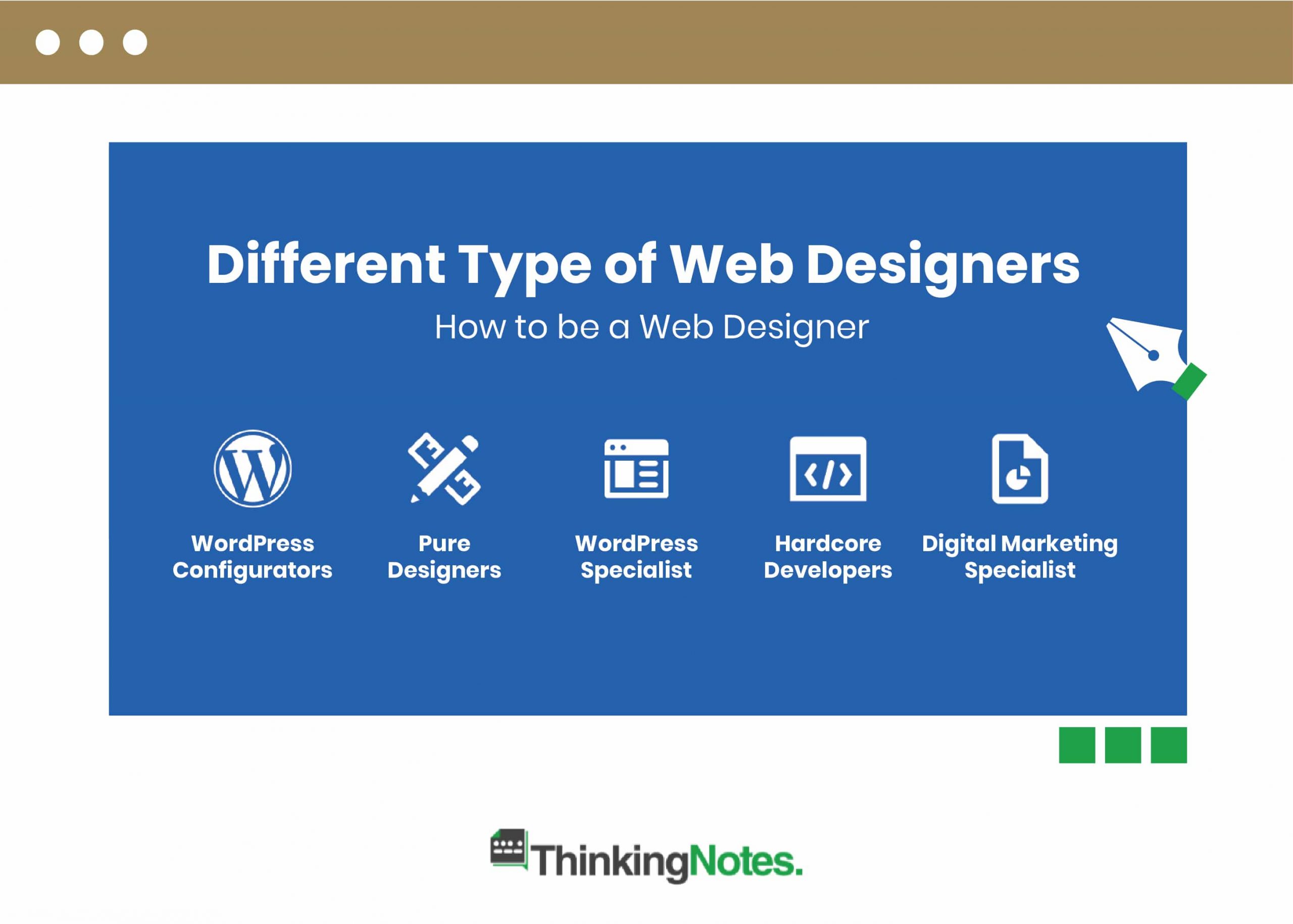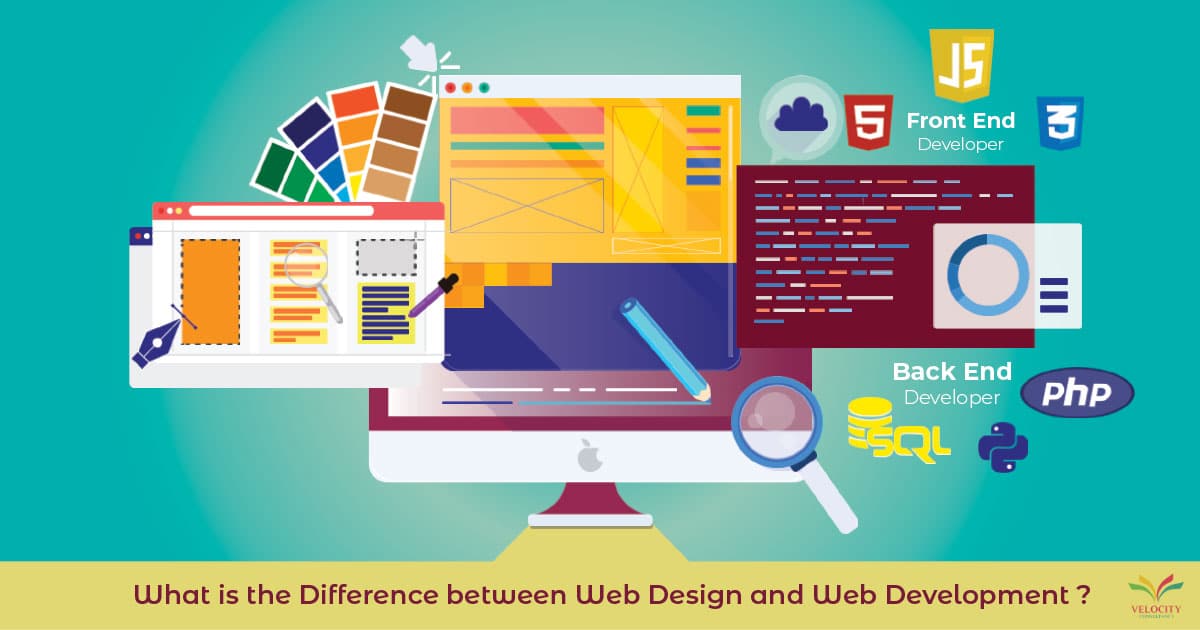Creating a Mobile-Optimized Website with Expert Web Design Techniques
Creating a Mobile-Optimized Website with Expert Web Design Techniques
Blog Article
Comprehending Customer Experience: Key Principles for Effective Website Design
In the realm of website design, comprehending user experience (UX) is critical to creating platforms that not only attract however likewise maintain individuals. Secret concepts such as instinctive navigating and effective responses mechanisms play critical functions in cultivating customer contentment. Additionally, factors to consider for availability ensure that all individuals can engage with the material flawlessly. The nuances of visual layout and the significance of iterative screening typically remain neglected. As we explore these fundamental components, it comes to be obvious that grasping UX is not just an alternative yet a requirement for success. What are the ramifications of overlooking these concepts?
Significance of User Experience

In the world of internet design, one can not take too lightly the importance of customer experience (UX) as a pivotal aspect that straight affects the success of a website. When customers run into a interesting and user-friendly user interface, they are extra likely to discover the content, convert into clients, or share their experiences with others.
In addition, the importance of UX expands beyond mere visual appeals. It includes the overall performance of an internet site, ensuring that navigating is seamless and info is quickly accessible. Websites that focus on UX are commonly viewed as even more credible and trustworthy, which can have a profound effect on conversion prices. On the other hand, inadequate UX can bring about disappointment, leading to high bounce rates and lost opportunities.
Eventually, buying individual experience is not simply a design option; it is a strategic choice that can differentiate a brand name in a crowded market. By concentrating on UX, businesses can create meaningful communications that resonate with individuals, leading the way for continual success in the electronic landscape.
Usability Concepts
Reliable internet layout rests on the application of vital use concepts that make sure a site is both user-friendly and practical. Central to these concepts is the idea of intuition, where individuals can browse the website easily without extensive direction. Clear navigating structures, including regular layouts and well-labeled food selections, enhance this user-friendly experience, enabling customers to locate details swiftly.

Uniformity is similarly vital; preserving uniformity in layout components, terms, and procedures across the website aids to minimize confusion. Customers ought to not need to relearn how to connect with various sections of the internet site.
Additionally, error prevention and recovery are important for functionality. Sites ought to be made to decrease the opportunity of customer mistakes, and when errors happen, clear and constructive error messages ought to direct users in the direction of resolution.
Ease Of Access Factors To Consider
Making certain availability in website design is vital for creating inclusive electronic experiences that provide to all individuals, including those with impairments. Availability factors to consider involve developing sites that fit diverse needs, allowing customers with visual, acoustic, cognitive, or electric motor problems to navigate and engage efficiently.
To achieve this, internet designers need to follow developed standards, such as the Internet Material Access Guidelines (WCAG) These standards provide a structure for making content perceivable, operable, easy to understand, and durable. Secret practices include guaranteeing enough shade contrast, offering text choices for non-text content, and guaranteeing keyboard navigability.
Additionally, semantic HTML needs to be made use of to boost screen reader compatibility, permitting users with visual impairments to comprehend the framework and definition of web content without effort. web design. Giving clear, concise instructions and making use of straightforward language can further improve usability for individuals with cognitive handicaps
Normal ease of access testing, including actual individuals with specials needs, is vital to recognize obstacles and improve the individual experience. By focusing on availability, web developers not only follow lawful criteria however likewise promote an even more fair electronic landscape, ultimately profiting everyone with boosted usability and engagement.
Visual Layout Aspects
A myriad of aesthetic style elements plays a vital duty fit individual understandings and experiences on a site. These aspects consist of color design, typography, format, whitespace, and imagery, each adding to the overall visual allure and performance of a website.

Color pattern stimulate emotions and can influence user activities; for example, cozy colors might develop a sense of seriousness, while amazing colors usually promote calmness. Typography, on the other hand, affects readability and can establish a brand's individuality - web design. The choice of font style and size should line up with the internet site's purposes and target market
Images, consisting of symbols and images, enhances storytelling and can dramatically affect customer interaction. High-quality visuals produce a feeling of professionalism and trust, while poor-quality photos may take away from the customer experience.
Format and whitespace are just as vital, as they assist customers via the web content. A well-structured format helps individuals find details promptly, while sufficient whitespace visit here stops mess, helping with a much more pleasurable surfing experience.

Checking and Iteration
Individual testing and model are basic elements of a successful website design process. These practices make it possible for developers to gather useful responses from actual individuals, making certain that the last item meets their expectations and requirements. Customer screening includes observing just how genuine individuals interact with a website, identifying use concerns, and recognizing individual habits. This direct comments is essential in exposing pain factors that might not appear during the design phase.
Iteration, on the other hand, is the process of content refining the layout based on the insights acquired from user screening. By making incremental modifications and re-evaluating the layout, groups can improve capability, enhance aesthetics, and optimize customer involvement. This cyclical approach fosters a culture of constant renovation, permitting designers to adapt to user needs and arising patterns successfully.
Additionally, incorporating both individual screening and version right into the design procedure leads to even more informed decision-making and ultimately causes a more user-centered product. By embracing these concepts, web designers can create more user-friendly, engaging, and efficient experiences that resonate with their target market, inevitably driving higher user satisfaction and retention.
Conclusion
To conclude, customer experience is a vital part of reliable website design, encompassing use, availability, and visual considerations. Complying with established principles boosts customer fulfillment and engagement, cultivating a more comprehensive on-line atmosphere. Constant screening and model work as vital procedures for recognizing and addressing individual discomfort points, guaranteeing that website design remain adaptable to advancing requirements. By focusing on these aspects, web designers can produce interfaces that not just fulfill individual assumptions but also promote long-term connections.
In the realm of internet style, recognizing user experience (UX) is extremely important to producing systems that not just attract yet likewise keep users.In the world of web design, one can not take too lightly the importance of individual experience (UX) as an essential aspect that directly affects the success of a site. Individual screening entails observing how actual customers engage with a site, determining use issues, and recognizing find customer actions.In final thought, user experience is a crucial element of reliable web style, including use, access, and aesthetic factors to consider. Continual testing and model serve as important processes for dealing with and determining customer pain factors, making sure that web layouts remain adaptable to advancing needs.
Report this page